HeartField R1 R2R HiFi Portable DAC & AMP – Low Mass, Music Class
HeartField R1 is a $159 USD R2R DAC and Headphone AMP with the lowest weight I’ve seen in the whole world, with two headphone outputs, one Type-C USB input, and with a plastic case, but a transparent top allowing you to see the internal circuit and R2R Board. Today we will study thew R1, its sound and whether it is fit to be your next music companion.
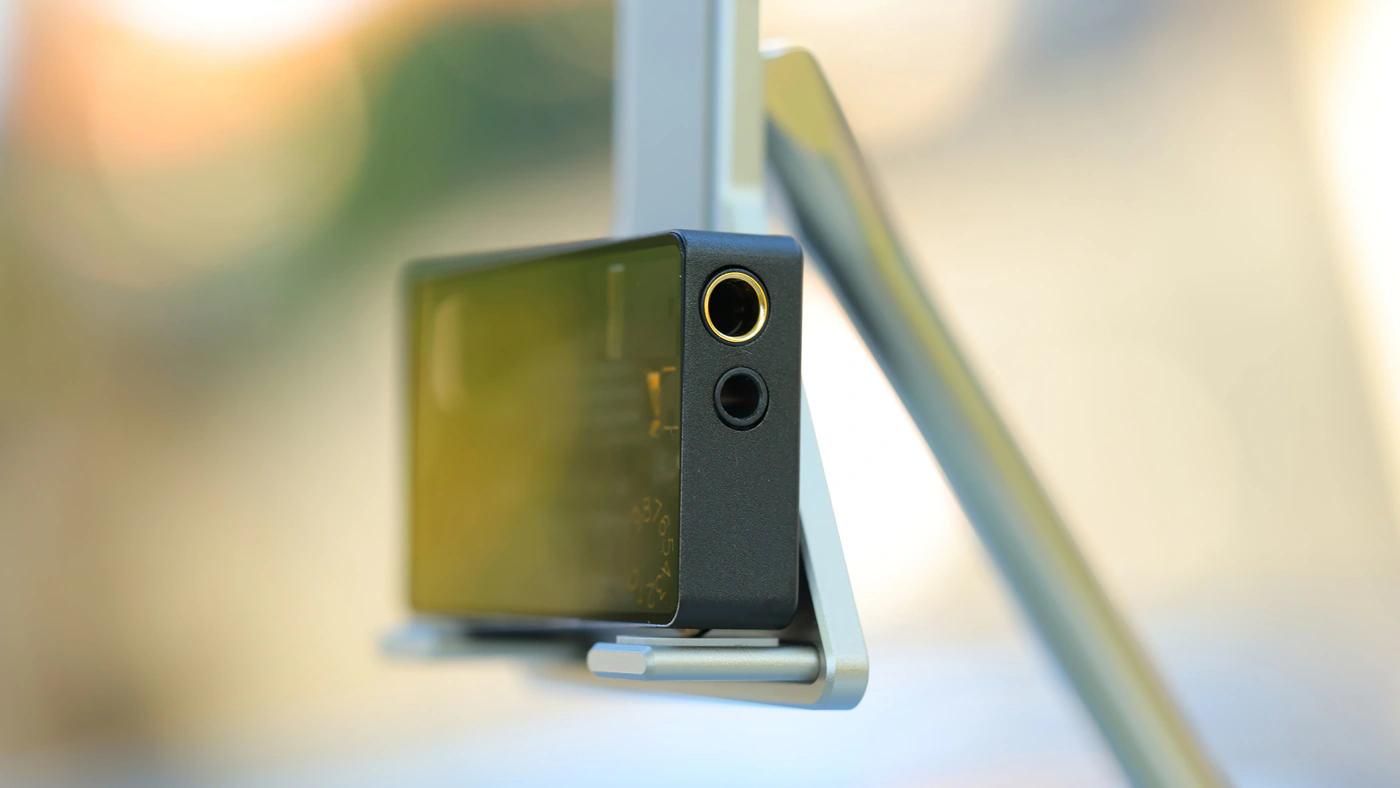
Introduction
Although Heartfield is a new name in our review roster, we did review the HeartField Acoustic Deer IEMs, and the new R1 is a Linsoul product coming from the largest company with one of the most diverse product selections and one of the strongest support levels out there. Linsoul products are available on the Linsoul website, Amazon, and even their own Aliexpress shop, allowing you access to a wide selection of purchase channels, just pick the one you’re most comfortable with. As an Amazon Influencer, I earn from qualifying purchases, and using the purchase links in my reviews helps me maintain this website and Youtube Channel. Huge thanks to Linsoul for providing us with the sample for this review.
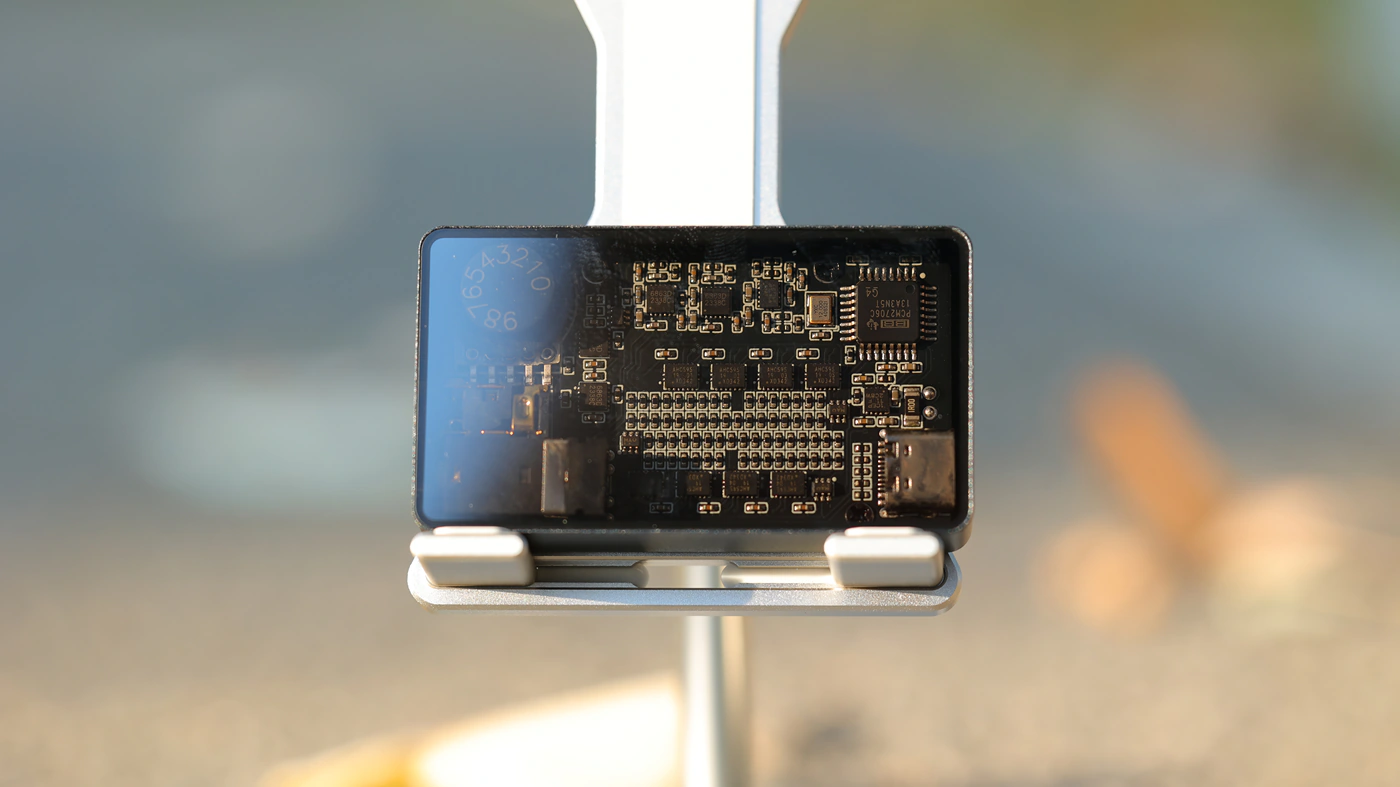
PROs – Good detail and technical resolution, lightweight build, R2R tech with a refined texture for all instruments and sounds.
Cons – It is sensitive to EMI and RFI, high background noise when the digital volume is low, scratches easily.
Product Link
Amazon – https://amzn.to/3zIzDtu
Aliexpress – https://s.click.aliexpress.com/e/_DdQrPpn
Build Quality/Aesthetics
HeartField left a mark in the IEM world, at the literal level as they created one of the heaviest IEM out there, and their Deer has always been an outlier when it comes to how heavy and bulky it was, so today they bring us the lightest DAC, to make up for their heavy IEMs. R1 is an R2R DAC (so much for the number in the name), and we have an R2R Heart, which we know is different from the traditional Delta-Sigma sound reproduction.
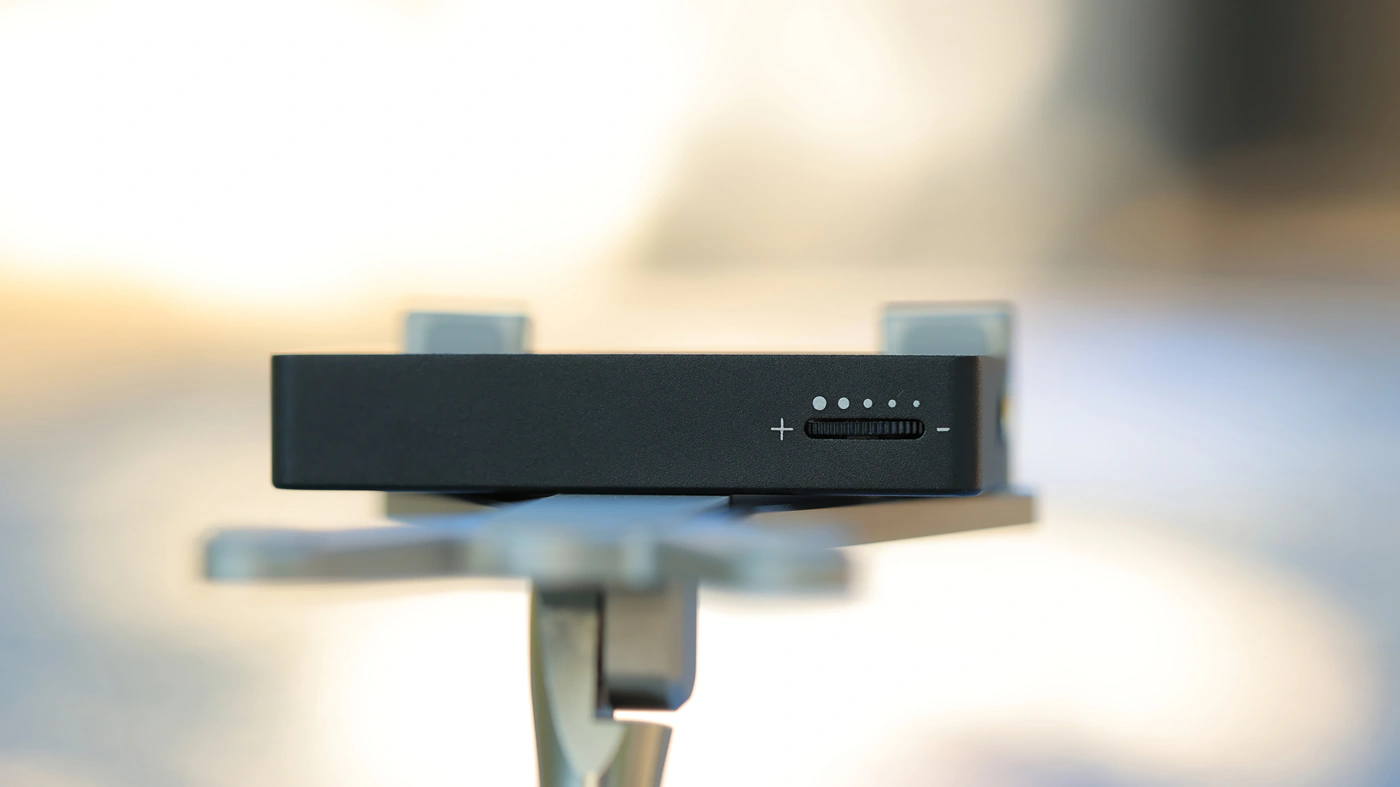
The DAC at the heart of the R1 is a unique, custom design, featuring 32 ultra-high-precision resistors per channel, totalling 64 resistors, to form a fully discrete R-2R circuit. Each resistor has a 0.1% tolerance. Although you’d expect the sound of all R2R DACs to be the same, the circuit can still be tuned, and Heartfield takes pride in how they tune their DACs. R1 should be compatible with most modern sources, including Android phones, iPhones, iPads, Windows PC computers and even certain Music Players that feature audio through USB output.
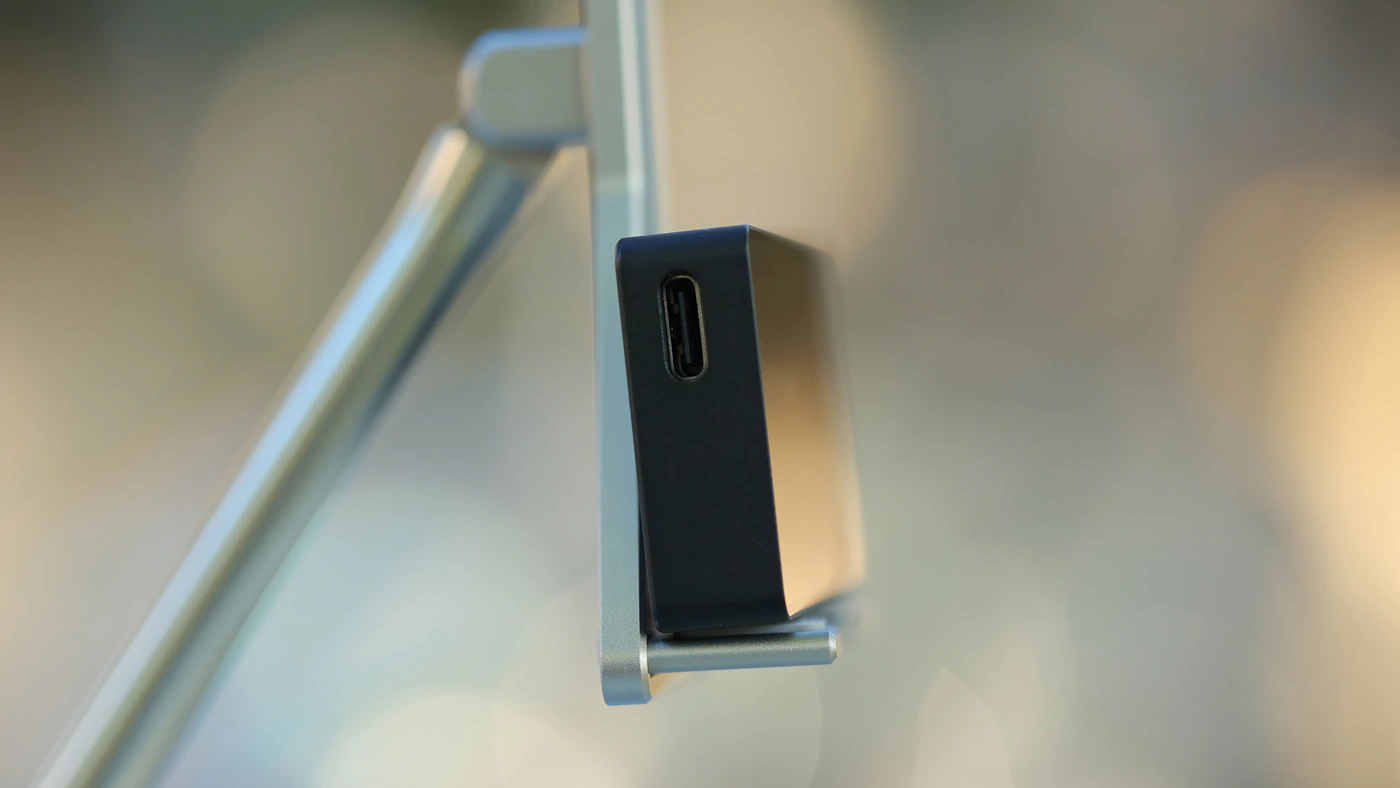
For the weight we keep talking about, HeartField R1 has a mere 19.8 for the weight, and you are likely to not notice if it falls out of your pocket. There is no more technical data available, so we can complete with our experience using the R1 R2R DAC, and this includes tha even with the volume wheel set at absolut zero, you will hear some music playing. Volume is saturated quickly, but channel balance is good above volume 1.
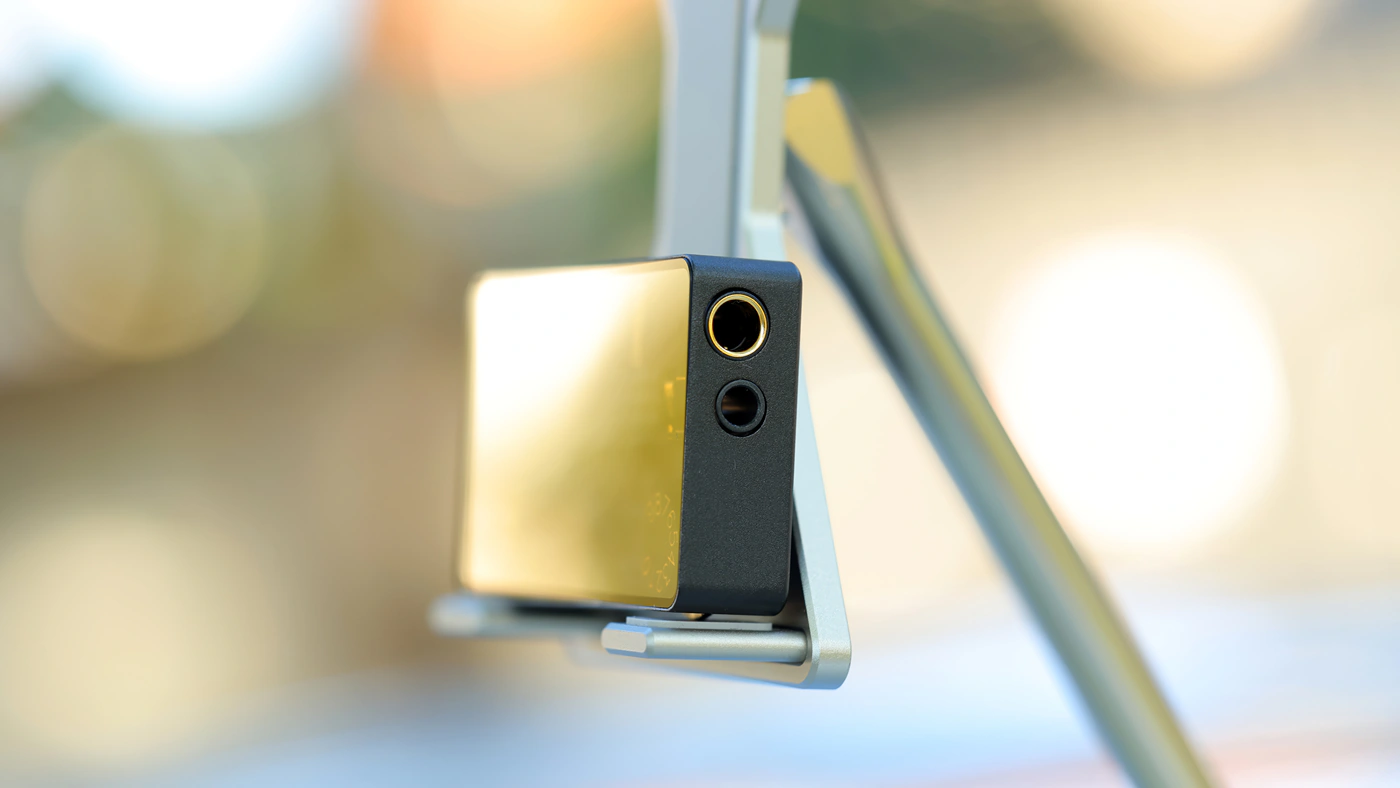
Although you can see the current volume inside the glass display, you will barely see it, and there is no clear indicator where the measurement is. Nice feature, but a bit unrefined to include it this way. You can see the R2R Array of DACs, and you can see the entire circuit board, but this does improve the experience, and having a plastic body + glass screen means that the whole circuit board, which is made up to R2R resistors is far more exposed to EMI and RFI interference. Effectively, I can hear the EMI and RFI if I place my phone on the DAC and make a phone call or stream data, including the part where I will get this interference while Streaming Tidal, which is problematic.
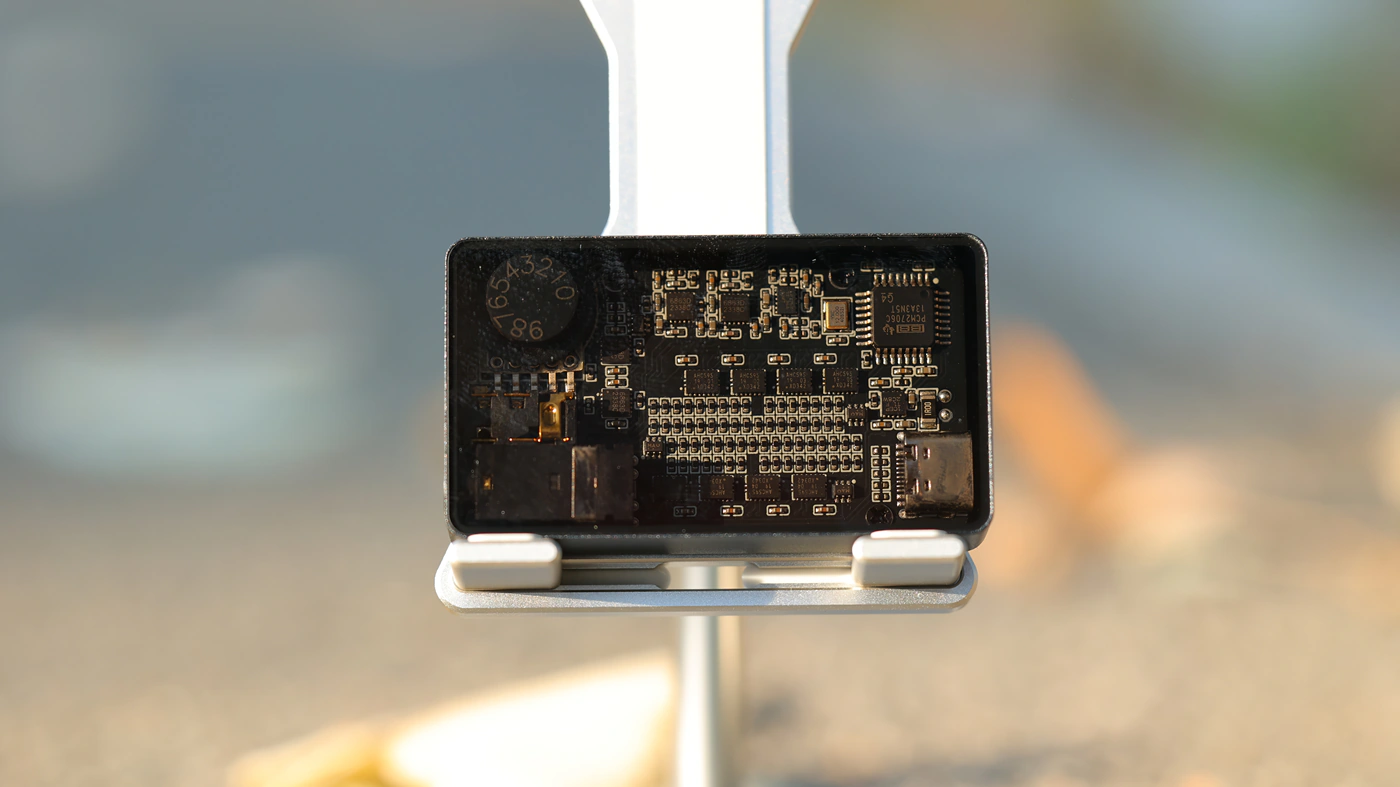
There is no USB DAC delay, but keeping a Youtube tab open in windows creates a really loud background noise, but having no sound playing does not create this issue. This is connected both to the fact that the DAC itself inherits all the noise from the source, for a PC this being the motherboard noise, especially high while playing games or having videos playing, but this is more controlled on Android. Overall, there are no standard DAC usage issues, but there are some specific issues that I have not seen with other DACs. The explanation is that if no sound stream is coming, R1 does not process anything, it mutes the input, while if sound is coming, even if silence is coming, you can hear the noise floor which is high with sensitive IEMs. Maximum bit rate supported is 16 Bit / 48000 Hz or 48 kHz.
Sound Quality
Pairings – To get a good idea of how HeartField R1 sounds like, I have paired it with multiple IEMs and Headphones, including FiiO FT1, FiiO FH19, BQEYZ Wind, Tin HiFi P1 Max II, Soundz Flame, Soundz Avant, Hiby x FAudio Project Ace, and Audeze MM-100. As there is no indication online of how high the driving power is, I had to eyeball it, but it is enough for IEMs, not enough for hard to drive headphones. I was not able to drive most headphones from R1 as the source. With IEMS the noise floor is noticeable, and increases with volume, decreases with lower volume. This is a really unique situation, it shows that R1 does not inherit the noise from the output impedance, this is circuit noise. Another odd thing is that if the digital volume is above 30 %, generally you do not hear the said background noise, so likely the R2R array has issues amplifying a quiet silence, which I will be testing with R2R DACs more thoroughly from now on.
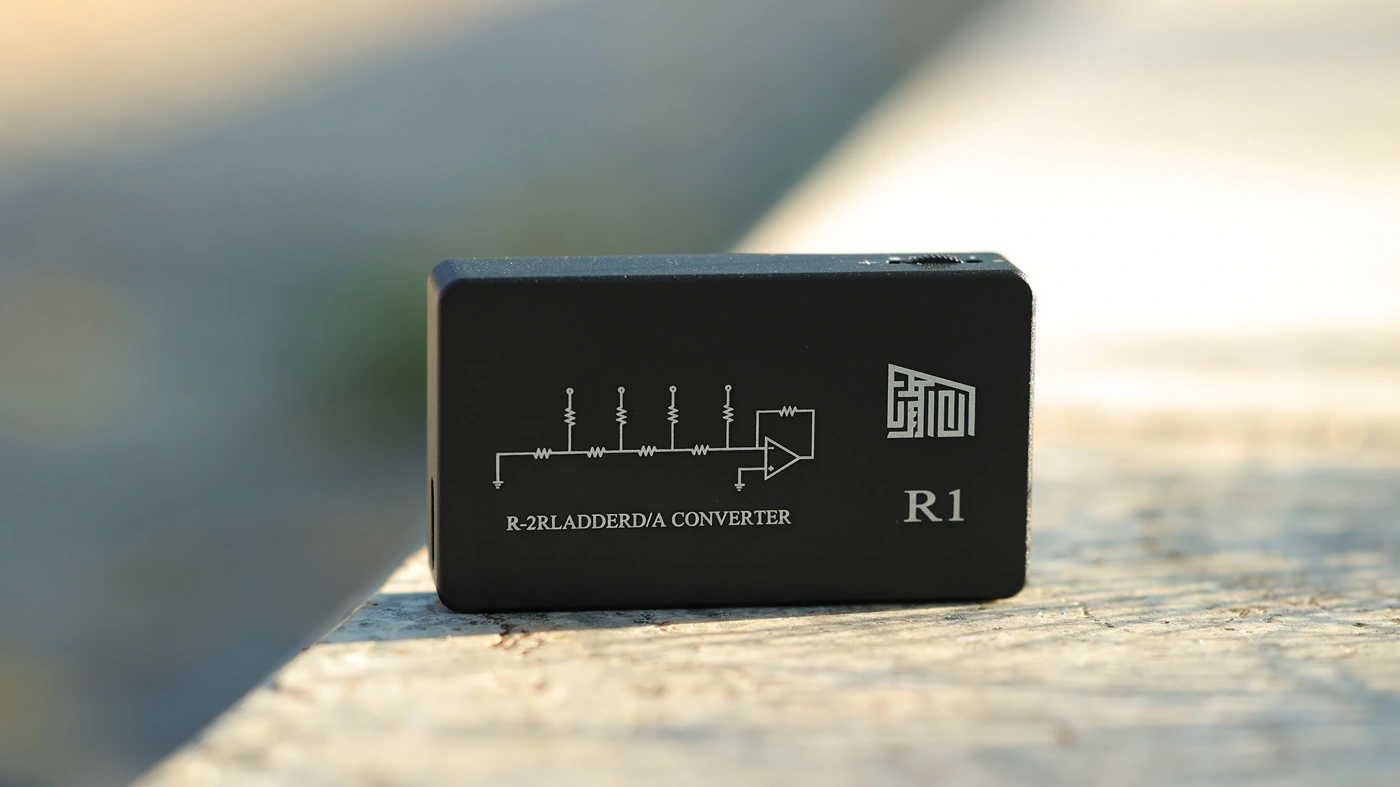
Overall Signature – The tuning and signature of r1 is neutral, detailed and highly revealing for the price, with a strong imaging and stereo separation. The sound does not have a strong coloration of either type, being fairly neutral and tonally pleasing in the midrange. The R2R part is not really strongly noticeable, as usually it inherently means that the sound will have a softer, gentler presentation, but that’s a NOS R2R approach, while Heart Field R1 sounds like it has a bit of Filtering applied to the R2R DAC output. I cannot confirm whether this is the case, but it does sound like filtered R2R DACs do, fairly sparkly, brilliant and sharp, with a strong treble, although the midrange texture is rendered in the r2R style, smooth and lean, lush and full, without a hard edge. Even if not changing the volume, as the sound gets quieter in a song, the background noise level grows audibly.
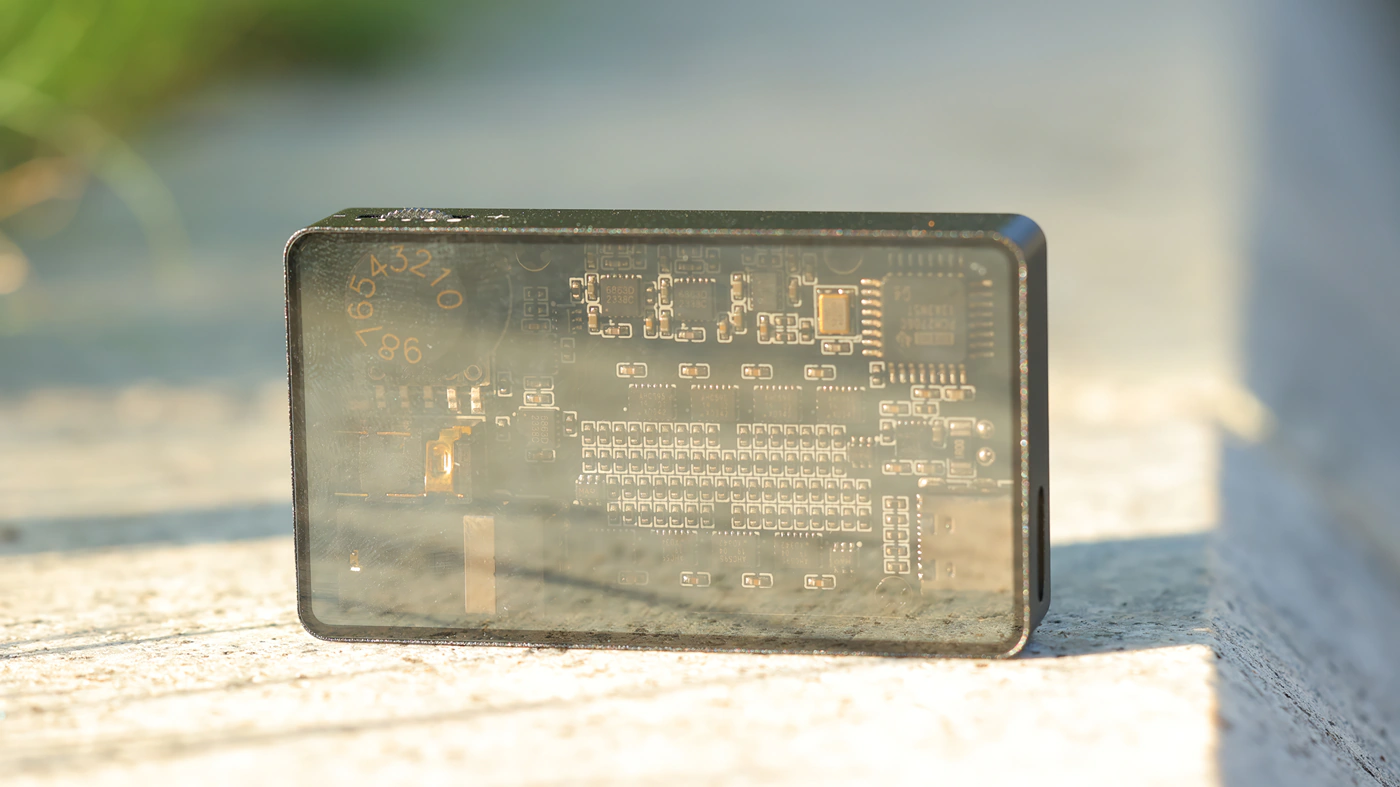
Bass – Starting with the low-end, it is fairly neutral, and while it touches 20 Hz with most IEMS, there is no strong emphasis on it, bass is always presented behind the treble and the midrange, with the sound having a fairly sharp and bright presentation thanks to this style of tuning. Bass is soft and slow in speed, creating a fairly full and filling presentation.
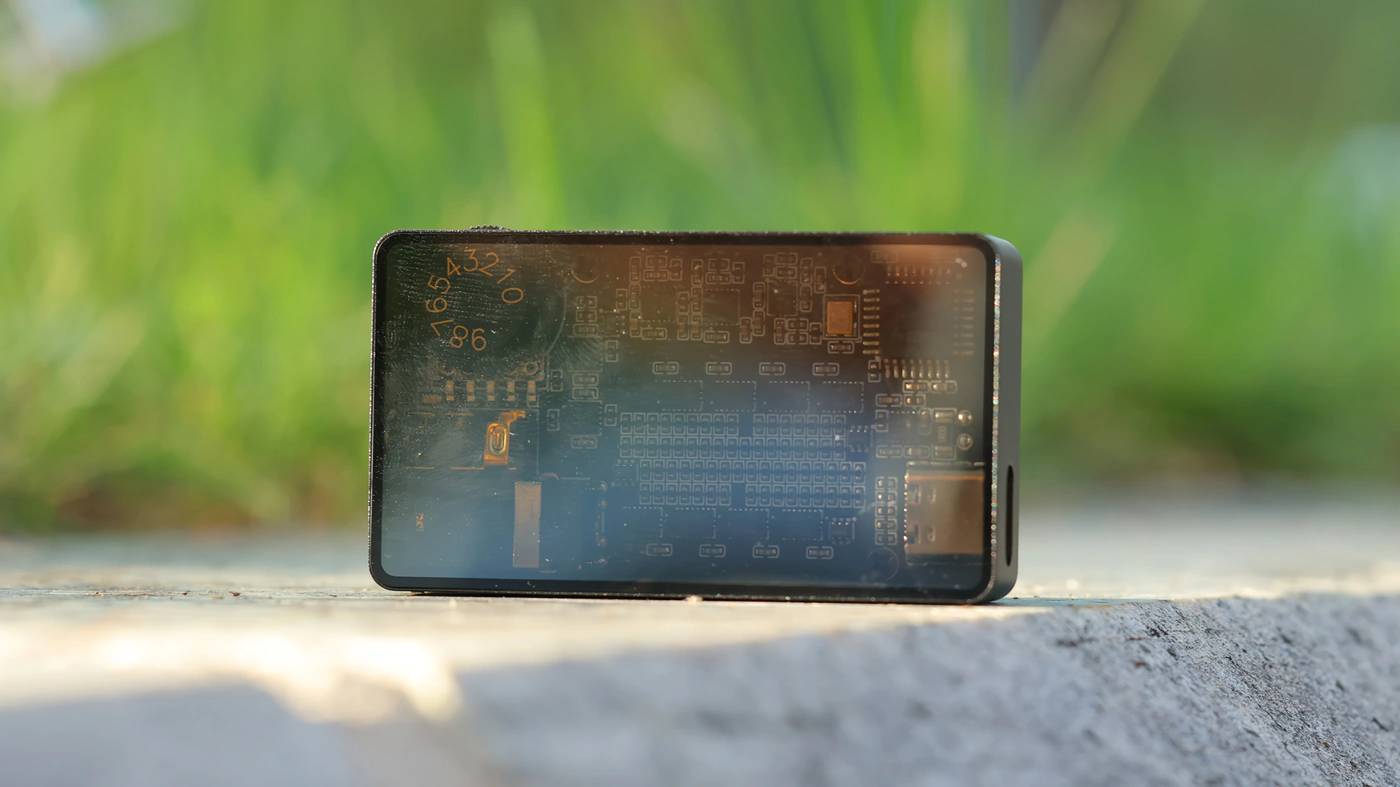
Midrange – The midrange is the only part that reminds me strongly of R2R DACs, as it has a smooth and lean texture, but it has a fairly sharp detail and resolution, with a strong amount of upper midrange emphasis and brightness, showing brilliance in metal and rock. There is a good sense of space and separation in music, while music with an emphasis in the upper midrange is favored by the tuning. Rock , metal and female-led pop tracks are more engaging, while male voices are a bit thin.
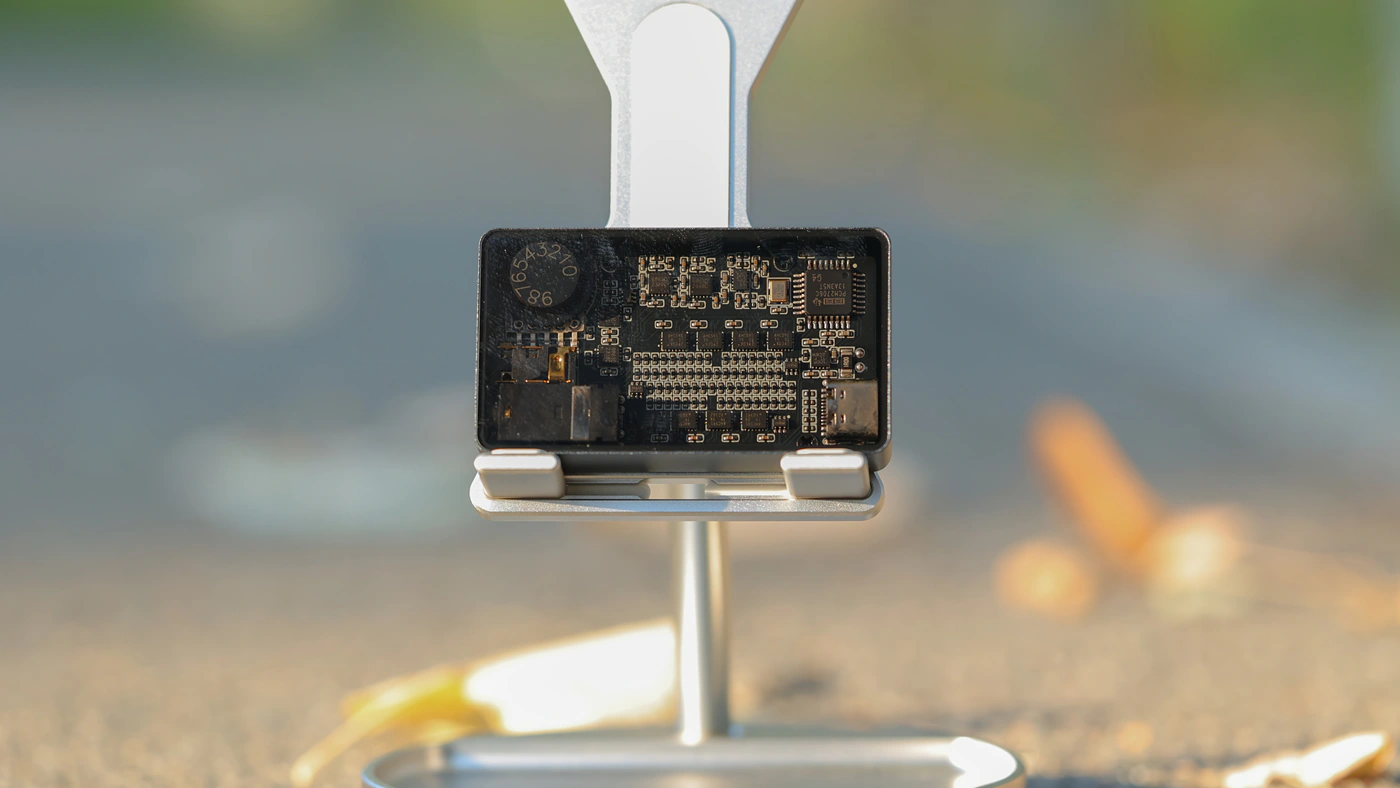
Treble – Just like the HeartField Deer, the R1 DAC has a really sharp, strong and brilliant treble, and the company seems to be highly reliant on a bright and sharp treble to create the feeling of edge, derail and resolution. This helps a lot with rock, metal and even pop tracks, but it can be fatiguing at times. In practice, the treble texture is smooth and lean, and this is an R2R characteristic, but the amount and brightness is usually a filtered or OS R2R presentation, while NOS R2R typically has a treble roll-off and sounds relaxed / lean.
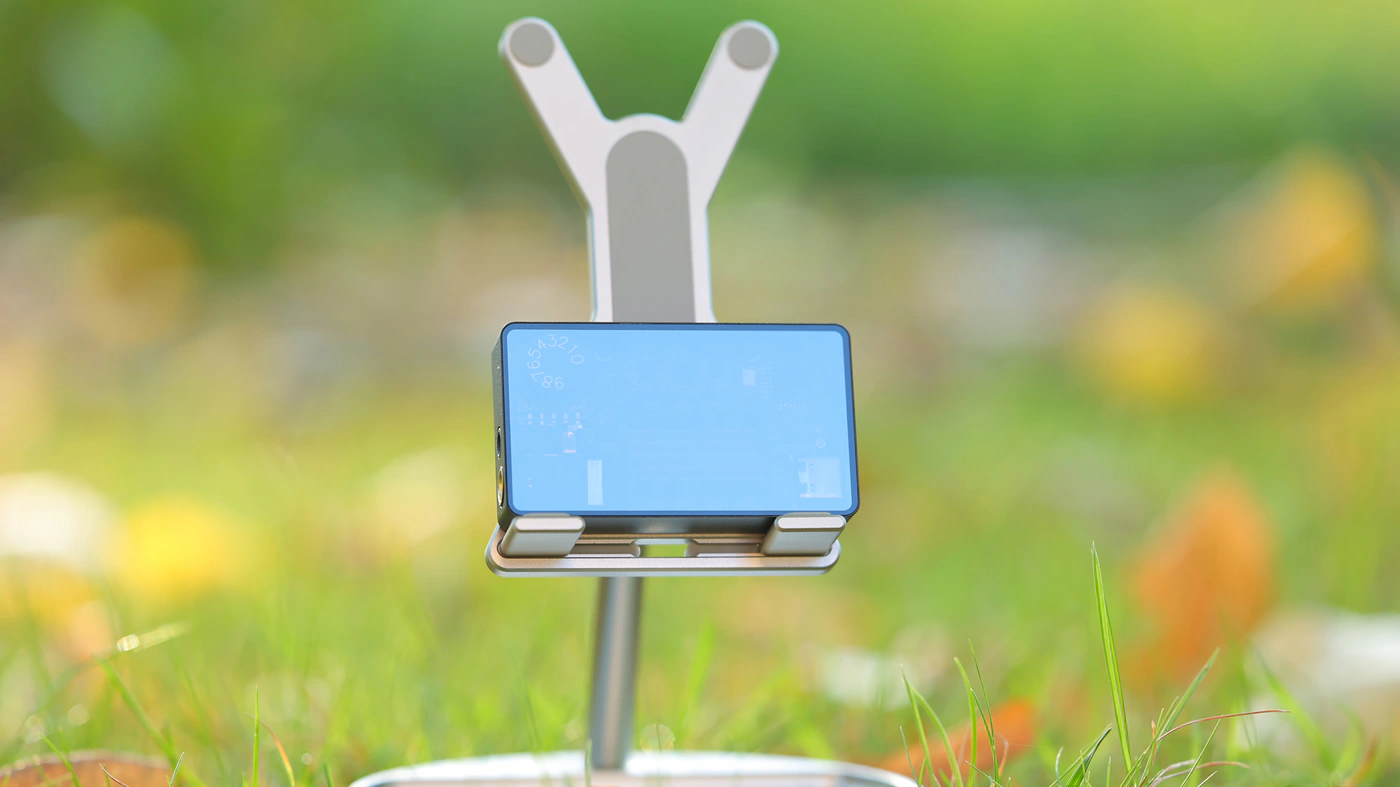
Volume Control – The volume control of the R1 is excellent, the sound is consistent across all volume ranges, and there is no high difference if you’re using it loud or quiet. This being said, the noise floor increases with the volume, and it would be better to use the physical volume wheel, with digital at max to avoid an unnecessarily high background noise level. At extremely loud levels, the DAC struggles to keep control and can introduce audible distortion.
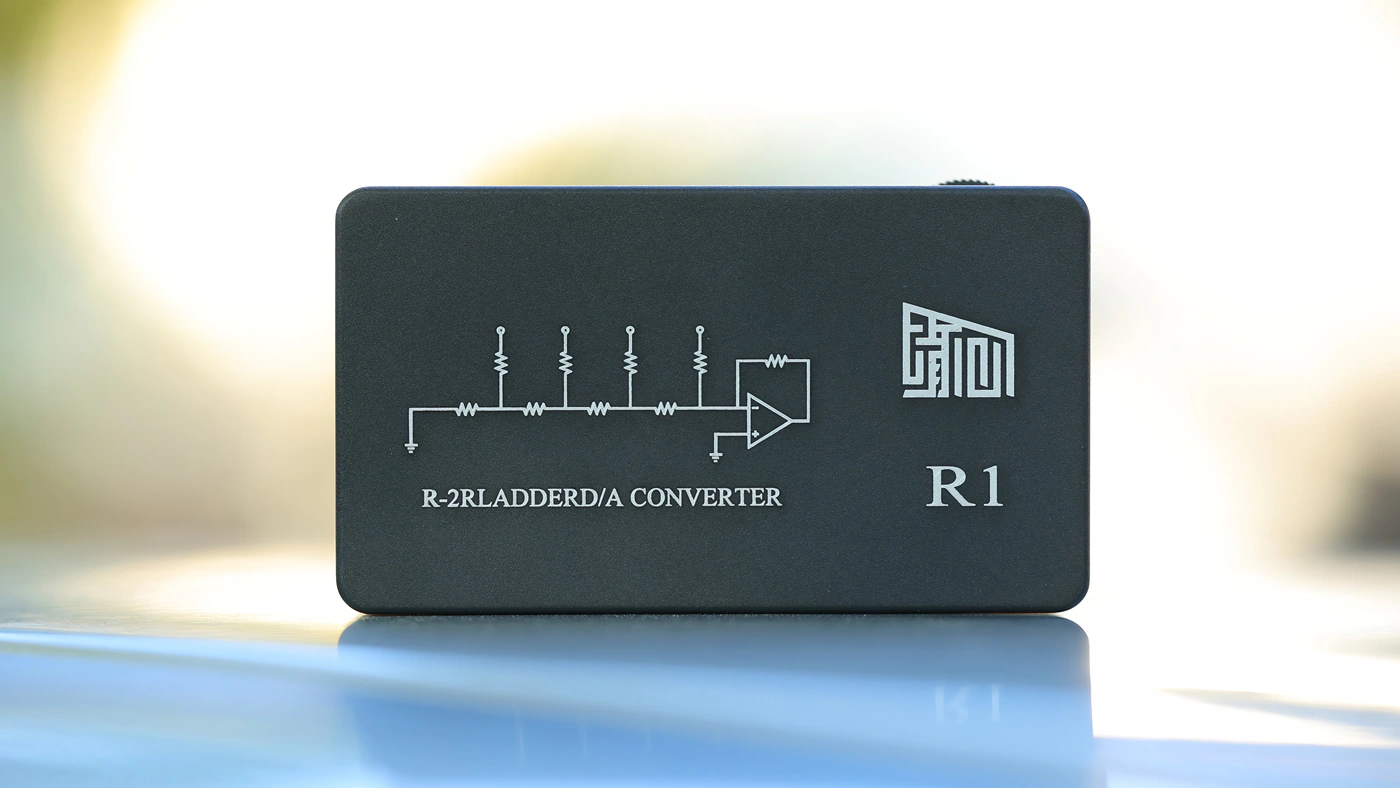
Dynamics / PRaT / Textures – Textures are presented in the R2R style, smooth, lean and without edge, across all frequency ranges. Most instruments sound refined, and fatigue-free with a strong dynamic range, and no compression.
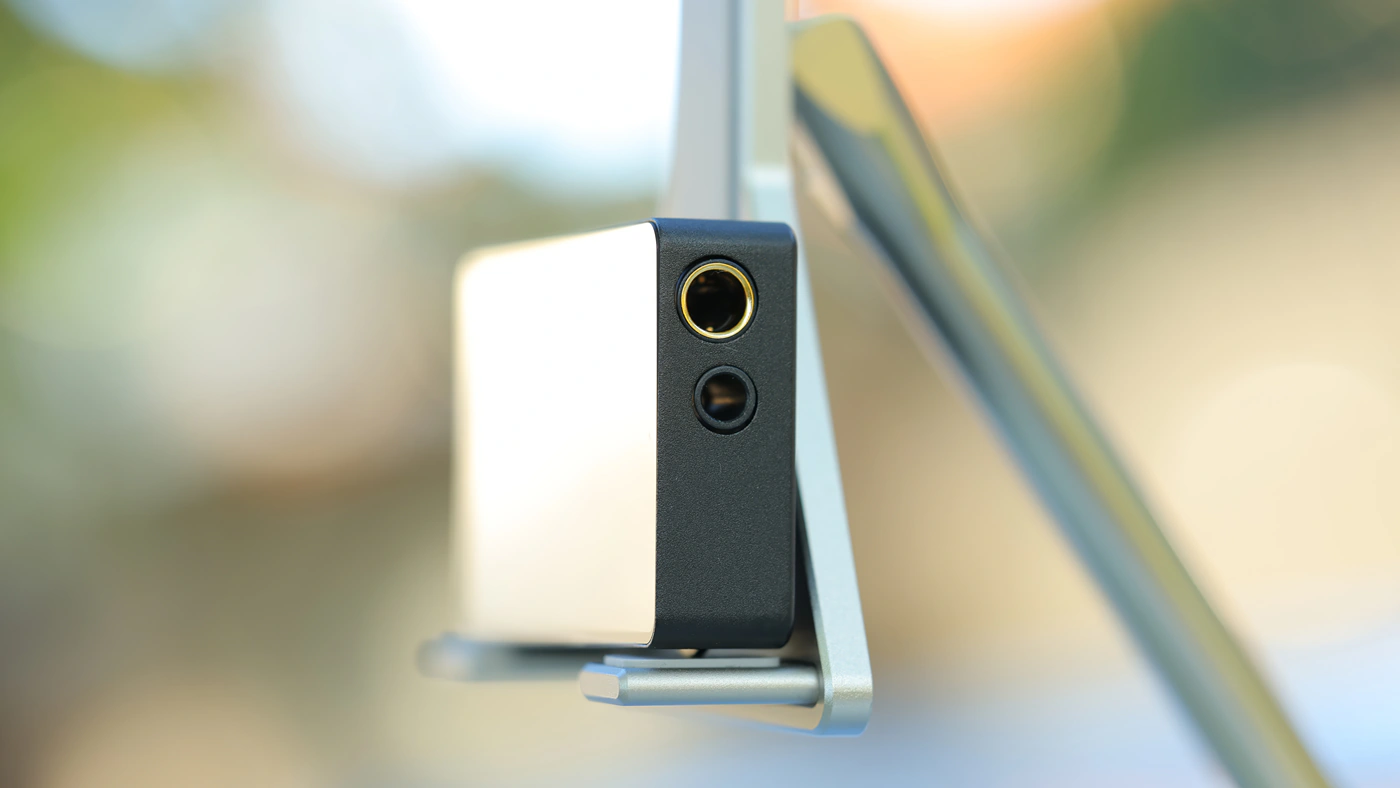
Soundstage – The imaging is good, and stereo separation very good, while the soundstage size is natural, with a good instrument separation for the price range. While not overly expansive, the stage has a similar amount of depth as it has width, creating a rounded presentation.
Value and Conclusion
HeartField in general has produced IEMs and earphones known for a high price / performance ratio, but R1 has a medium price / performance ratio, it offers a good listening experience for the money, but the plastic body scratches easily, the package is basic, and overall you will get what you pay for. The uniqueness of the R2R tech always comes with a premium pricing, and making the smallest most portable R2R DAC still made it a bit pricier than the market.
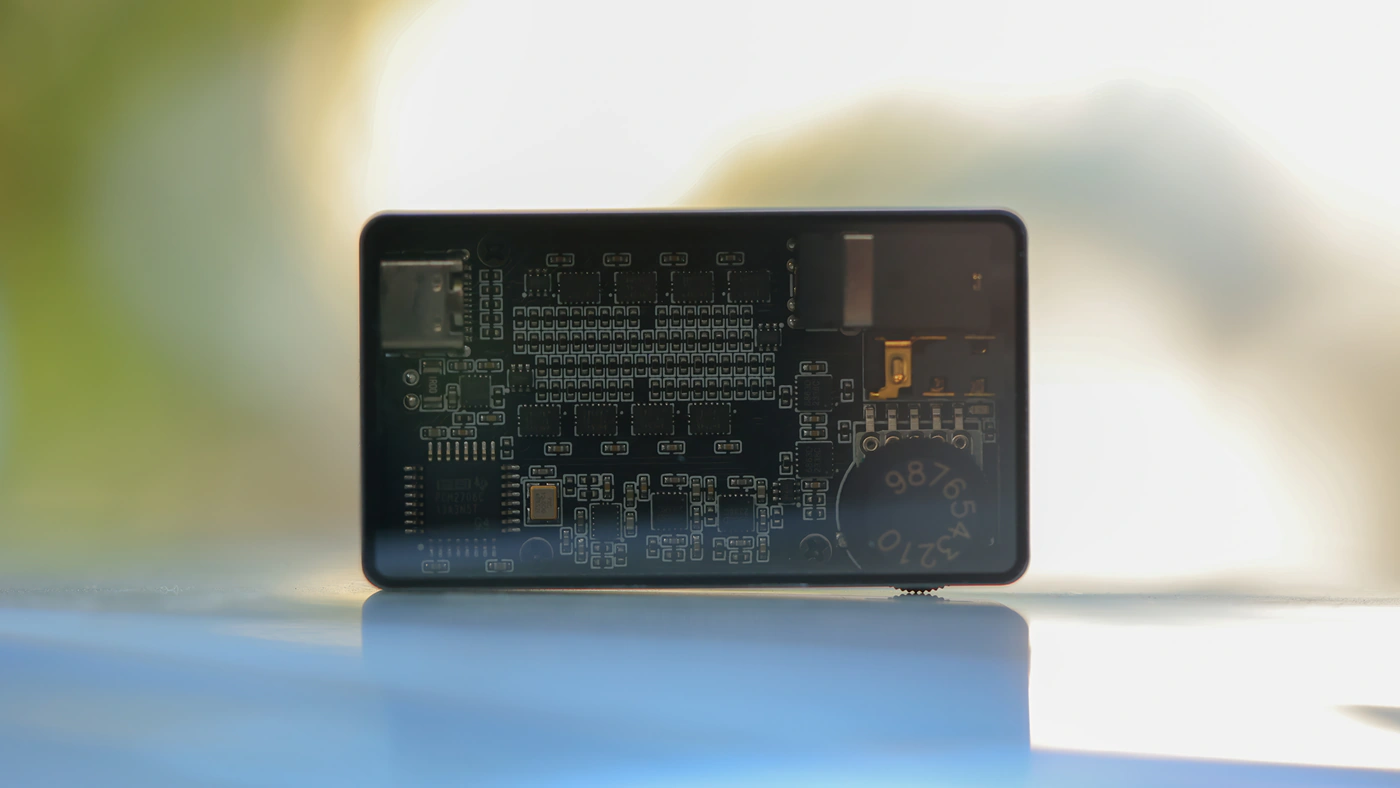
At the end of the day, HeartField R1 offers a package that will appeal a great deal to a niche market, those who want a portable R2R DAC, and those who want a really lightweight DAC with a strong performance, but a simplistic and basic package.
Product Link
Amazon – https://amzn.to/3zIzDtu
Aliexpress – https://s.click.aliexpress.com/e/_DdQrPpn
--- Please remember to stay safe, and always have fun while listening to music!---
- If you have a dime to spare, please donate, and help us! It would make the day brighter for me and my wife-
Full Playlist used for this review
We listened to more songs than those named in this playlist, but those are excellent for identifying a sonic signature. I recommend trying most of the songs from this playlist, especially if you’re searching for new music! The playlists are different for Spotify, Tidal and Youtube, and based on the songs I enjoy and are available on each!
https://www.youtube.com/playlist?list=PL_cjBXGmwSHSdGcwuc_bKbBDGHL4QvYBu
https://open.spotify.com/playlist/5J3oloz8Riy9LxEGenOjQ0?si=979ba4f082414be7
https://tidal.com/browse/playlist/330fd544-8e5b-4839-bd35-676b2edbb3d5
--- Contact Us ---





